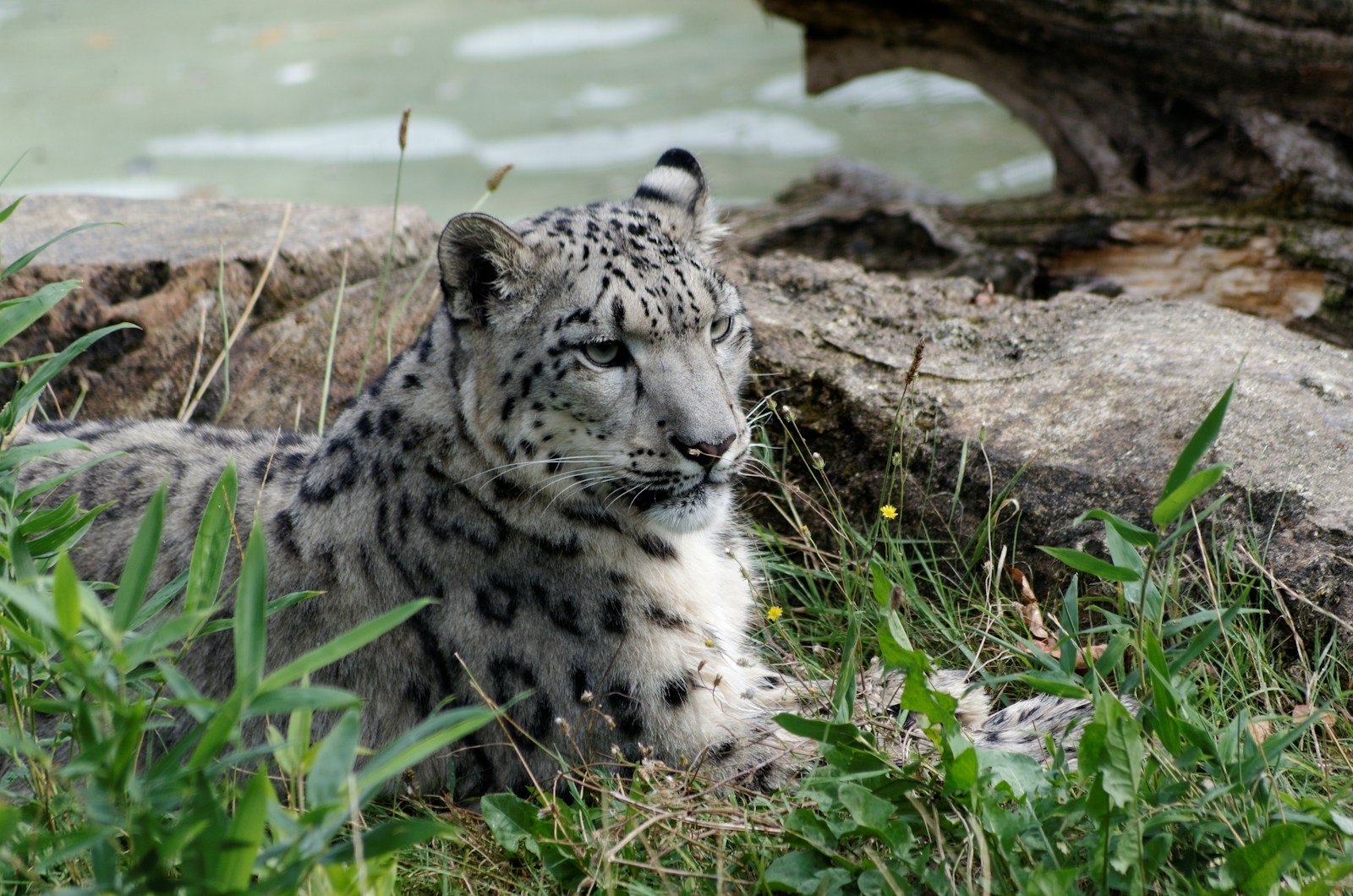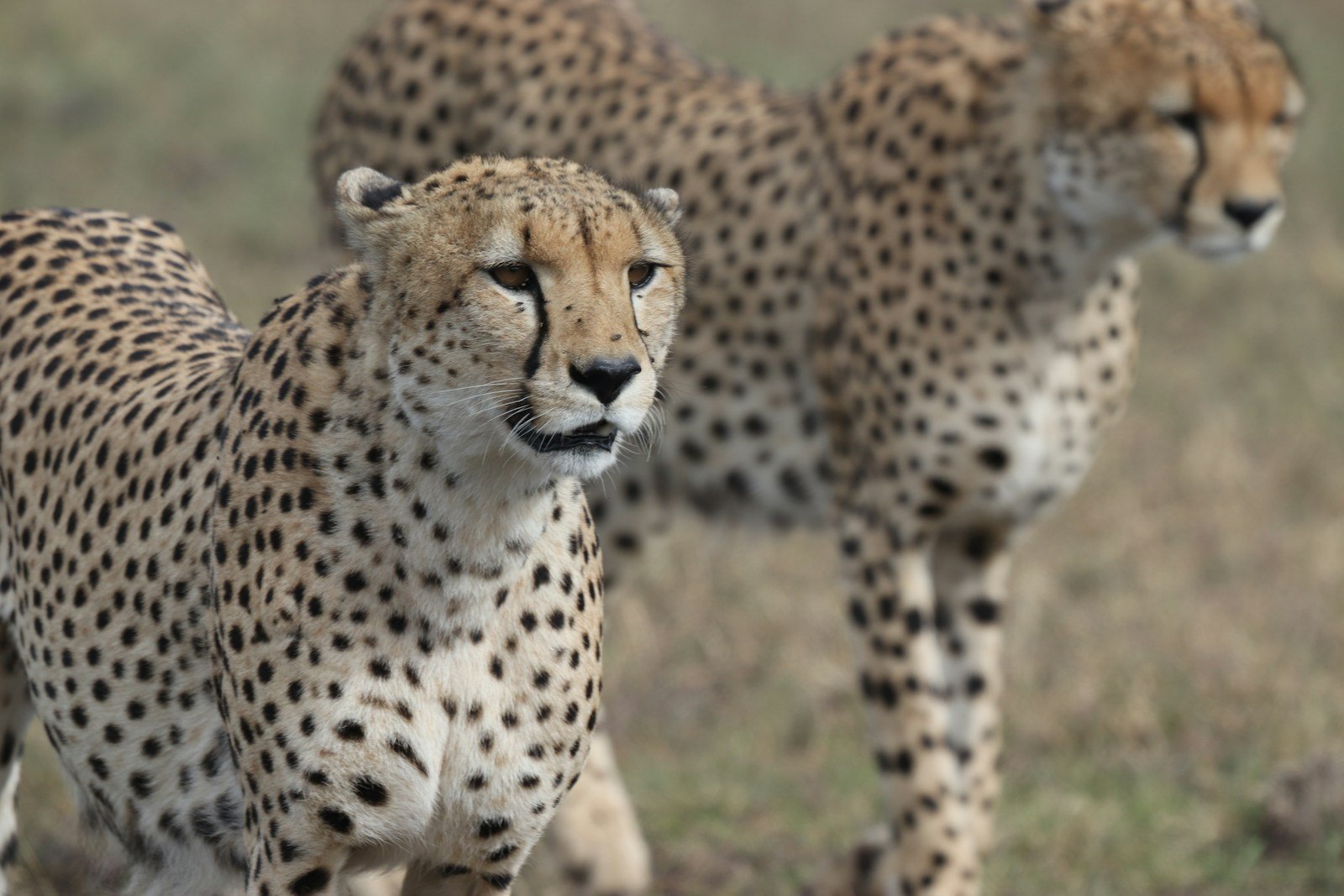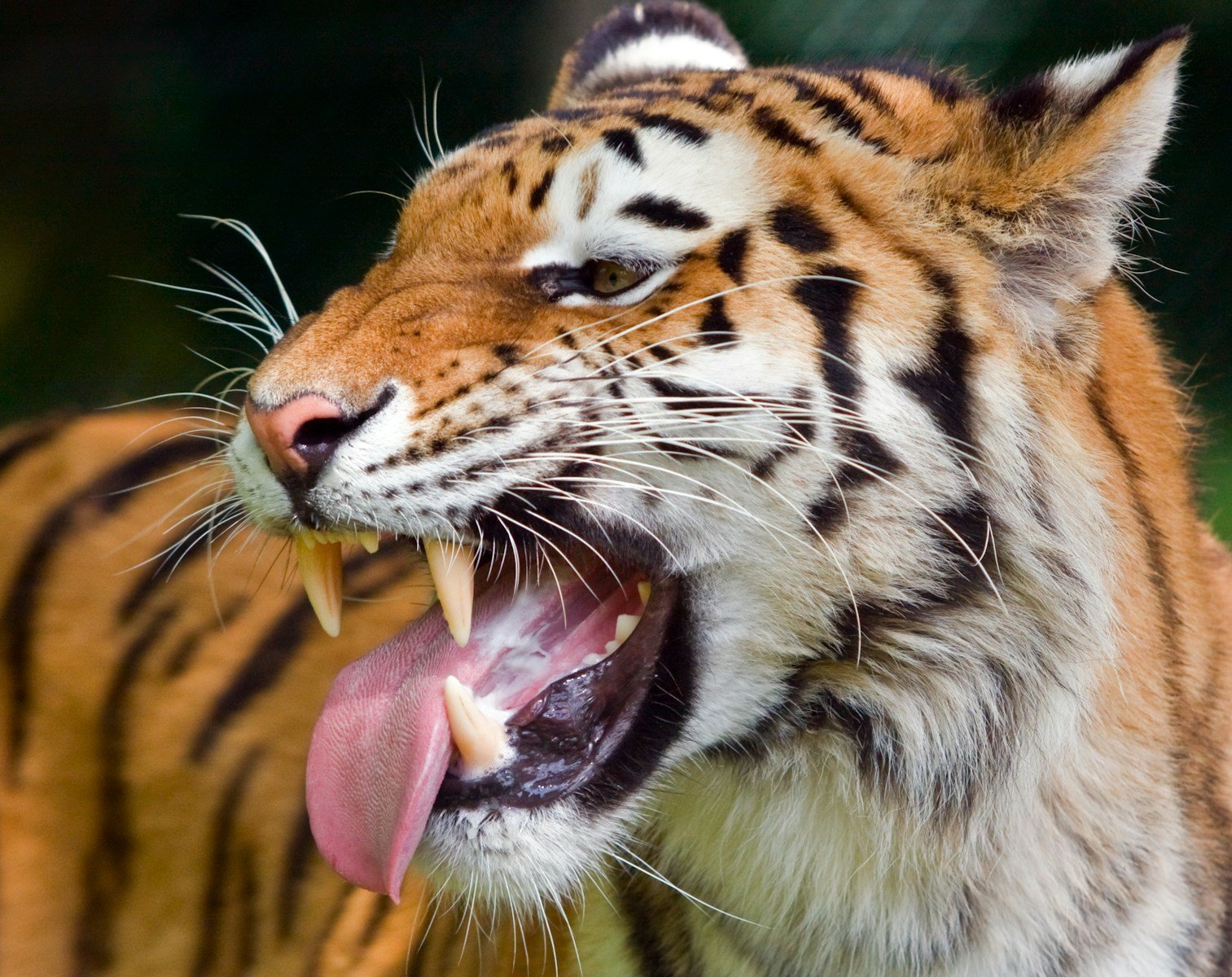Big cats, comprising species such as lions, tigers, leopards, and cheetahs, are among the most remarkable predators in the animal kingdom. They are known for their strength, stealth, and adaptability, which allow them to thrive even in the most challenging environments. This article explores the remarkable ways in which big cats have adapted to survive in harsh habitats across the globe.
Desert Dwellers: The Resilience of the Desert Lion

Deserts are among the most inhospitable places on Earth, yet the desert lions of Namibia have adapted superbly to this arid environment. They have developed a nomadic lifestyle, traveling long distances to find scarce food and water.
Arctic Survivors: The Role of the Snow Leopard

In the high mountain ranges of Central Asia, snow leopards navigate rocky terrains and withstand cold temperatures. Their thick fur and oversized nasal passages are crucial adaptations that conserve body heat and facilitate efficient breathing in thin air.
Tropical Rainforest Inhabitants: The Elusive Jaguar

Jaguars thrive in the dense and humid rainforests of Central and South America. Their powerful build and excellent swimming abilities allow them to hunt efficiently in both terrestrial and aquatic environments, while their camouflaged coat aids in remaining undetected.
Adaptive Hunting Strategies

Big cats employ a variety of hunting techniques tailored to their environments. For instance, cheetahs in the savannah utilize their incredible speed in short bursts to outrun prey, whereas tigers in the jungle stalk silently to ambush their targets.
Efficient Water Usage

In arid environments, big cats have developed ways to conserve water. Lions and leopards obtain much of their hydration from their prey, while some species like the sand cat can survive without direct water sources by metabolizing water from food.
Social Structures and Territory

Social structure and territory size vary significantly among big cat species. Lions, for instance, live in prides and establish large territories, which aids in cooperative hunting and defense, while solitary cats like tigers and leopards rely on vast personal territories to provide sufficient resources.
Camouflage and Stealth

The fur pattern and coloration of big cats are a result of evolutionary adaptations that provide camouflage in their specific environments. This feature is vital for both hunting and evading threats. For example, the stripes of the tiger allow it to become almost invisible in tall grasses.
Adaptation to Climates

Big cats have evolved to withstand extreme temperatures, whether it’s the searing heat of the desert or the freezing cold of the mountains. Their ability to regulate body temperature and grow seasonally appropriate coats are key adaptations.
Conservation Challenges

Despite their adaptability, big cats face significant threats from habitat loss and human activities. Conservation efforts are crucial to ensure the survival of these magnificent creatures in the wild. Protecting their habitats and addressing human-wildlife conflicts are central to their continued existence.
Conclusion: The Future of Big Cats

Big cats are remarkable survivors, demonstrating an array of adaptations that allow them to thrive in diverse and harsh environments. Their survival depends heavily on continued conservation efforts and increased awareness about the importance of preserving their habitats. Through understanding and supporting these efforts, we can help ensure big cats continue to roam the wild, captivating generations to come.
Hi, I’m Bola, a passionate writer and creative strategist with a knack for crafting compelling content that educates, inspires, and connects. Over the years, I’ve honed my skills across various writing fields, including content creation, copywriting, online course development, and video scriptwriting.
When I’m not at my desk, you’ll find me exploring new ideas, reading books, or brainstorming creative ways to solve challenges. I believe that words have the power to transform, and I’m here to help you leverage that power for success.
Thanks for stopping by, Keep coming to this website to checkout new articles form me. You’d always love it!






